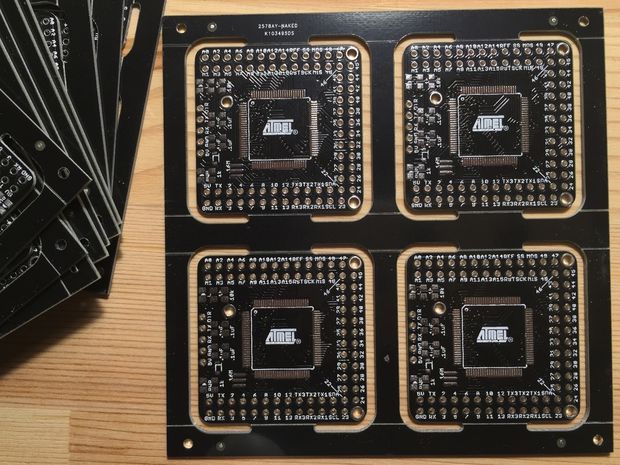
DIY Bare Minimum Arduino Mega 2560
MichaelC349 @ instructables.com has designed an Arduino Mega 2560 board with bare minimum components and small size. The resulting board is bootloaded using an Arduino UNO and an external USB to serial adapter is used to program it. Personally to be used for robotics projects that...
Continue Reading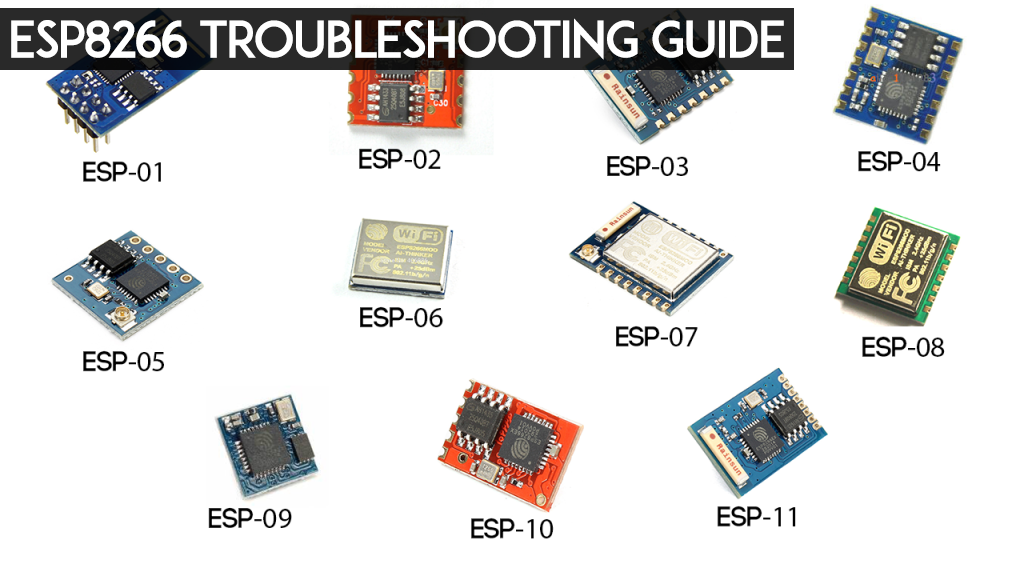
ESP8266 Troubleshooting Guide
In this article Rui Santos help us solve the main issues that may arise when trying to flash a new firmware or uploading scripts on ESP8266 Wifi module. He discuss about NodeMCU flasher and how to use it successfully and also he discuss about ESPlorer IDE and it's use. ESP8266...
Continue Reading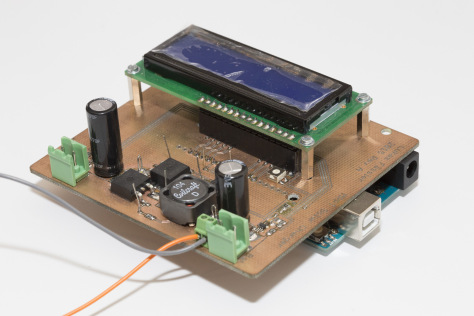
Arduino MPPT Solar Charger Shield
Lukas Fässler has designed a MPPT Solar Charger Arduino Shield and document it on the link below. A Solar MPPT charger is used to convert the solar panel voltage to the optimal voltage for charging a battery in the most efficient way. This way the solar panel works on the maximum...
Continue Reading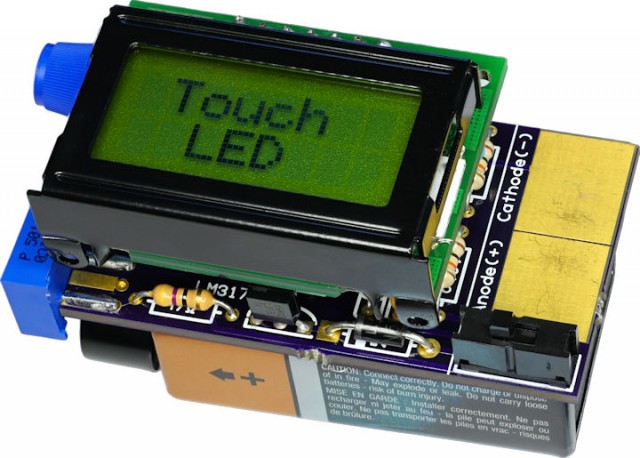
LED Tester with LCD Display
David @ robotroom.com build a microcontroller based LED tester with LCD display that shows the LED voltage, the current limit in mA, the desired led voltage and the calculated resistor value. The LED tester is based on ATtiny84 mcu which performs all the measurements and calculations...
Continue Reading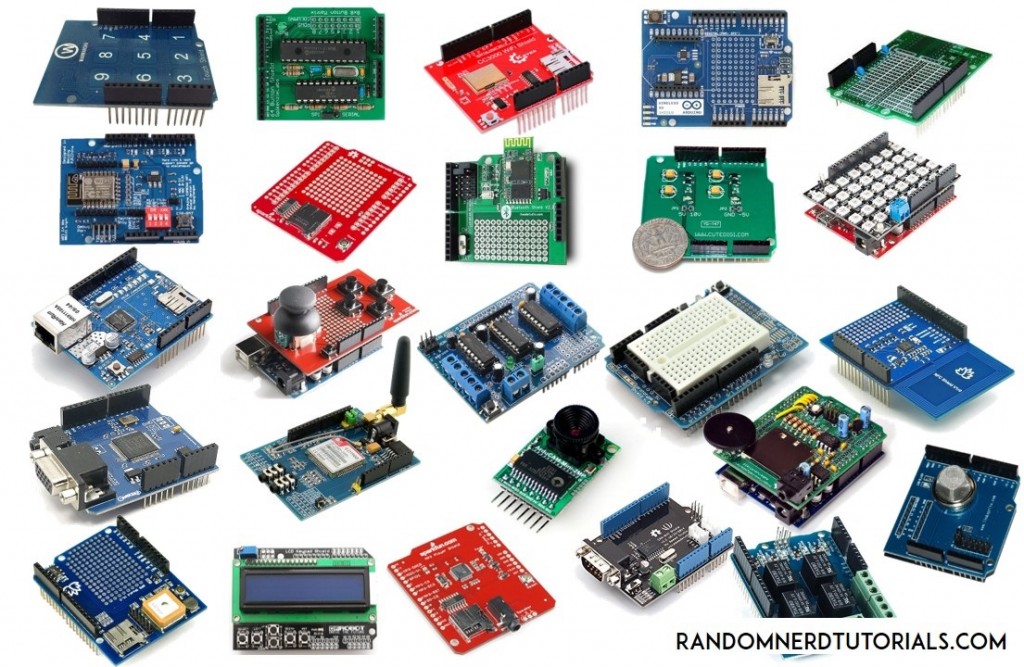
25 Useful Arduino Shields That You Might Need to Get
Rui Santos @ randomnerdtutorials.com has compiled a list of 25 useful Arduino Shields that you might want to use on your next projects. The list includes Ethernet shield, Relay, Motor, LCD and many more. Arduino shields are boards that will expand the functionalities of your...
Continue Reading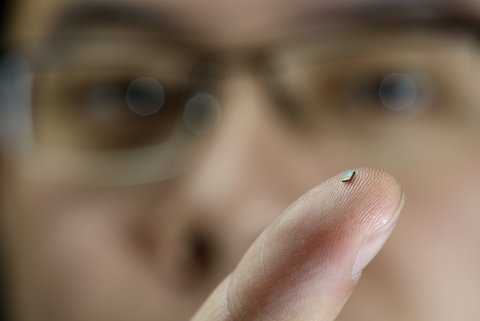
The world’s tiniest temperature sensor is powered by radio waves
Researchers at the Eindhoven University of Technology in the Netherlands have created what they call the tiniest temperature sensor that is powered by the same wireless network it uses to communicate data. The sensor measures 2 square millimeters and needs no physical connection to...
Continue Reading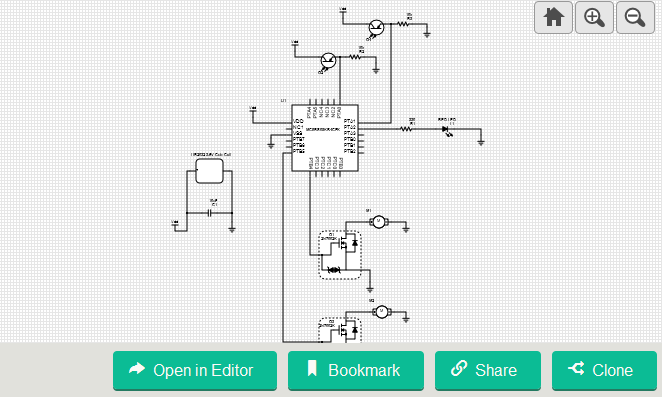
MC9RS08KB4CFK Minibot
The Minibot is a small autonomous robot vehicle that uses phototransistor that can detect lightness patterns on the ground to follow the edges of the dark lines. It has a MC9RS08KB4 MCU, coin cell, motor, and a phototransistor. The MC9RS08KB4 is part of the MC9RS08KB12 series, a...
Continue Reading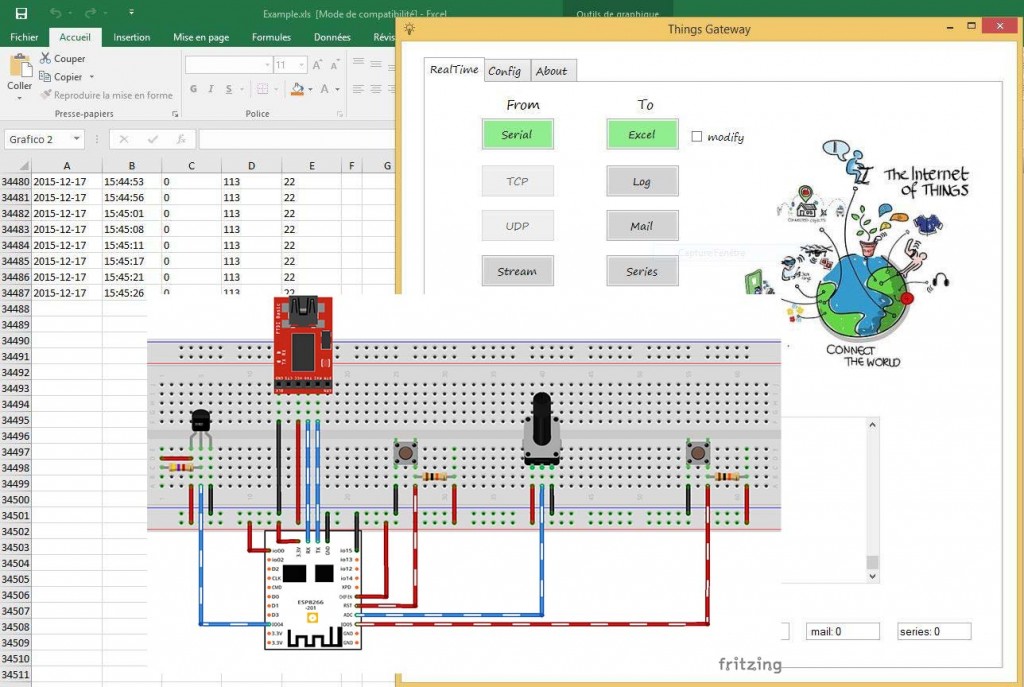
ESP8266 – Wireless Weather Station with Data Logging to Excel
Rui Santos @ andomnerdtutorials.com has tipped us with his latest project. In this project Rui connects two ESP8266 modules and sends data from 3 sensors to an Excel spreadsheet. The process is explained in detail and some prior experience with ESP8266 is necessary and provided in...
Continue Reading











